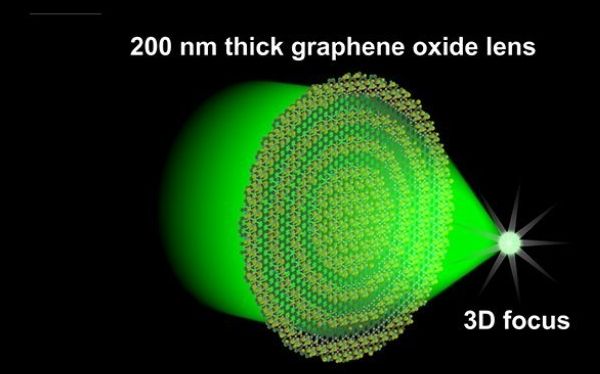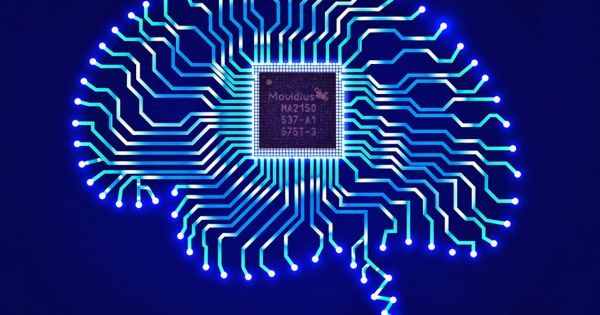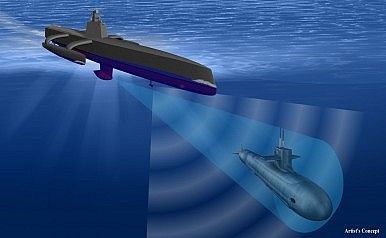Feb 13, 2016
New graphene lens could help computers beam data at the speed of light
Posted by Shailesh Prasad in categories: computing, materials
Researchers have used graphene to create a lens that’s so flat, it’s 300 times thinner than a sheet of paper and weighs just 1 microgram. That means it’s small enough to split a beam of single photons — something that’s going to be crucial if we ever want to develop optical computers that process data at the speed of light.
These optical computers require devices called photonic chips, which store information as photons rather than electrons, and allow that information to move at light speed — and people are pretty excited about it. NASA is already using it, and the technology is getting more and more impressive. But there are still some limitations, and one of those is having lenses thin enough to split beams of light and divert them around the chip.
Attempts to make these lenses in the past have required expensive and impractical materials such as gold, but researchers at Swinburne University of Technology in Australia have been working on a solution, and they’ve managed to produce a lens using graphene oxide that’s not only thin enough to overcome the diffraction limit, but is also cheap, strong, flexible, and easy to produce.


















